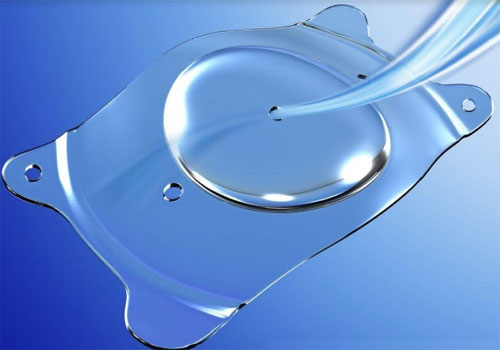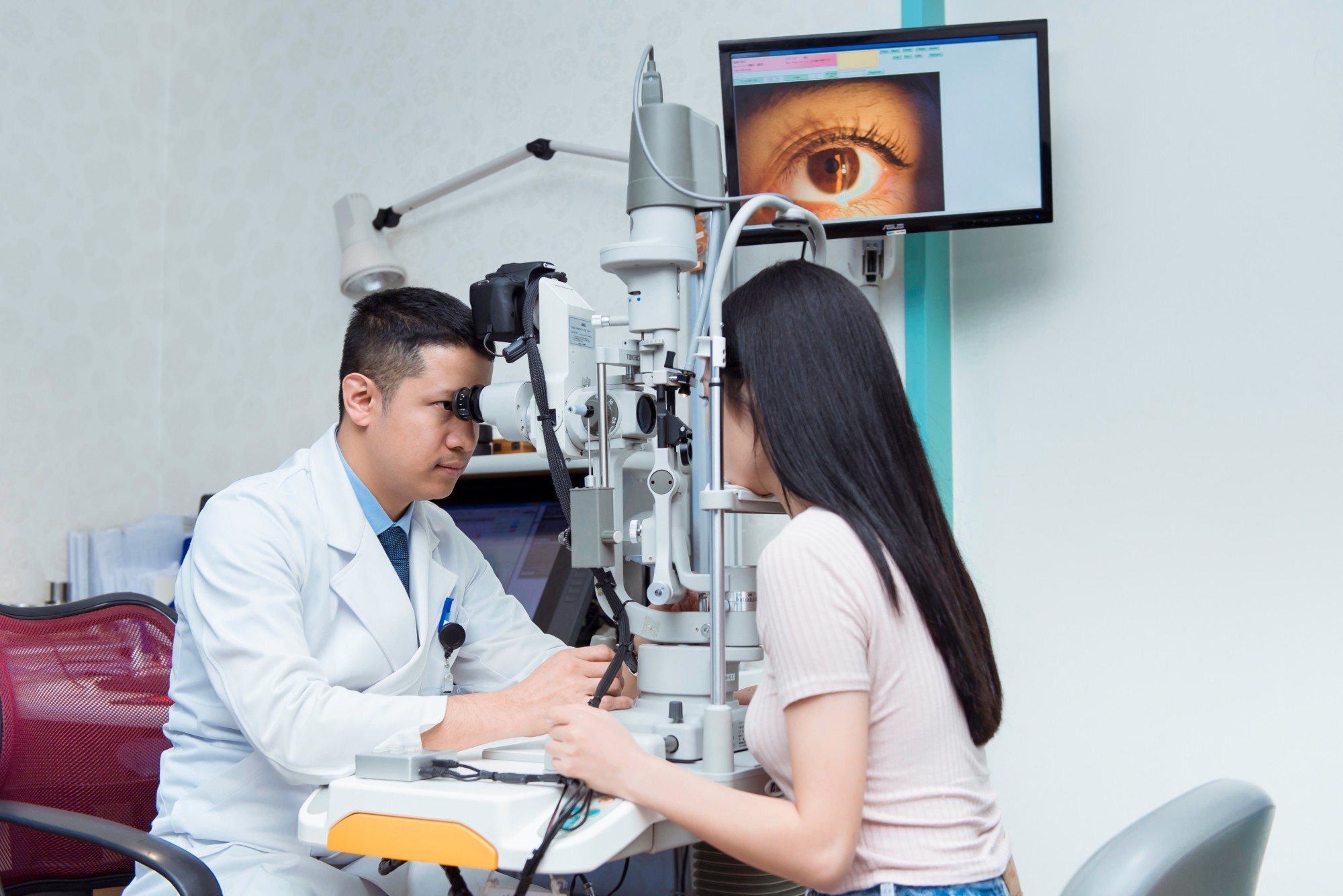5 IMPORTANT THINGS TO KNOW BEFORE PHAKIC SURGERY
With the mechanism of using the intraocular lens to place directly inside the eye, Phakic surgery has brought the opportunity to regain sharp vision, especially for patients with high refraction and thin corneas. However, not all "myopic members" clearly understand this method. In the article below, Japan International Eye Hospital will point out 5 important things patients need to know before Phakic surgery.

1. Eye indexes need to be carefully measured to place glasses
The intraocular lenses used in Phakic surgery are lenses that are personalized to each patient's eye parameters. Therefore, patients need to have their eye parameters measured carefully to serve as a basis for ordering the most suitable lenses for their eyes. Patients will need to complete a full range of in-depth examinations before surgery including:
Eye function test includes steps: Refractive measurement - intraocular pressure, visual acuity test without glasses and glasses, ophthalmoscopy examination
Take a corneal map and evaluate the eye's anatomical structure
Measure the eyeball axis, anterior chamber depth and anterior chamber width to assess the suitability of the eye for Phakic surgery.
2️. Intraocular lenses are highly compatible with the human body
Along with the development of science and technology, many different types of intraocular lenses have been born, of which Visian ICL lenses are manufactured by Staar Surgical of Switzerland and IPCL lenses are manufactured by British company EyeOL. two types of lenses are currently used by the Japan International Eye Hospital in Phakic surgery. Both types of lenses are made from materials that are 100% compatible with the human body, which can last a long time inside the eye. The lens is soft and can be easily rolled up to be inserted into the eye, so the incision is only about 2.8 - 3.0 mm at the edge of the cornea.
3️. Eyeball surface numbing
Before surgery, the eye will be numbed with surface anesthesia, so the patient has almost no pain during the surgery but is still awake enough to coordinate with the doctor. Besides, the doctor will use a specialized tool to fix the eyelids to help you not blink. You just need to lie down comfortably and relax, the surgery will take place smoothly in 10 - 15 minutes.
4️. Both eyes will have glasses surgery at the same time
In some cases, patients have a desire to have binocular surgery at two different times with the expectation that safety can be calculated in one eye before surgery on the other eye. However, according to doctors at the Japan International Eye Hospital, there is no real evidence that patients will experience fewer complications if the eyes are operated at two separate times. Eye surgery at two different times can also lead to a difference in vision in the two eyes, causing certain discomfort in daily life. Therefore, for Phakic surgery, the hospital still prioritizes surgery on both eyes on the same day unless otherwise specified by the doctor.
5. Follow post-operative care instructions

- Wear hospital-issued protective glasses when going to bed for the first 3 days after surgery to avoid rubbing your eyes. Use protective glasses or sunglasses when walking in the first week to avoid dust getting into your eyes.
- Apply antibiotic and anti-inflammatory medication as prescribed by your doctor. In addition, within one month after surgery, do not use eye drops that have been opened for more than 30 days.
- Follow the follow-up schedule, usually 1 day, 1 week, 1 month, 3 months, 6 months after surgery and annually. If you experience symptoms such as sudden blurred vision or pain, you need to see a doctor immediately.
